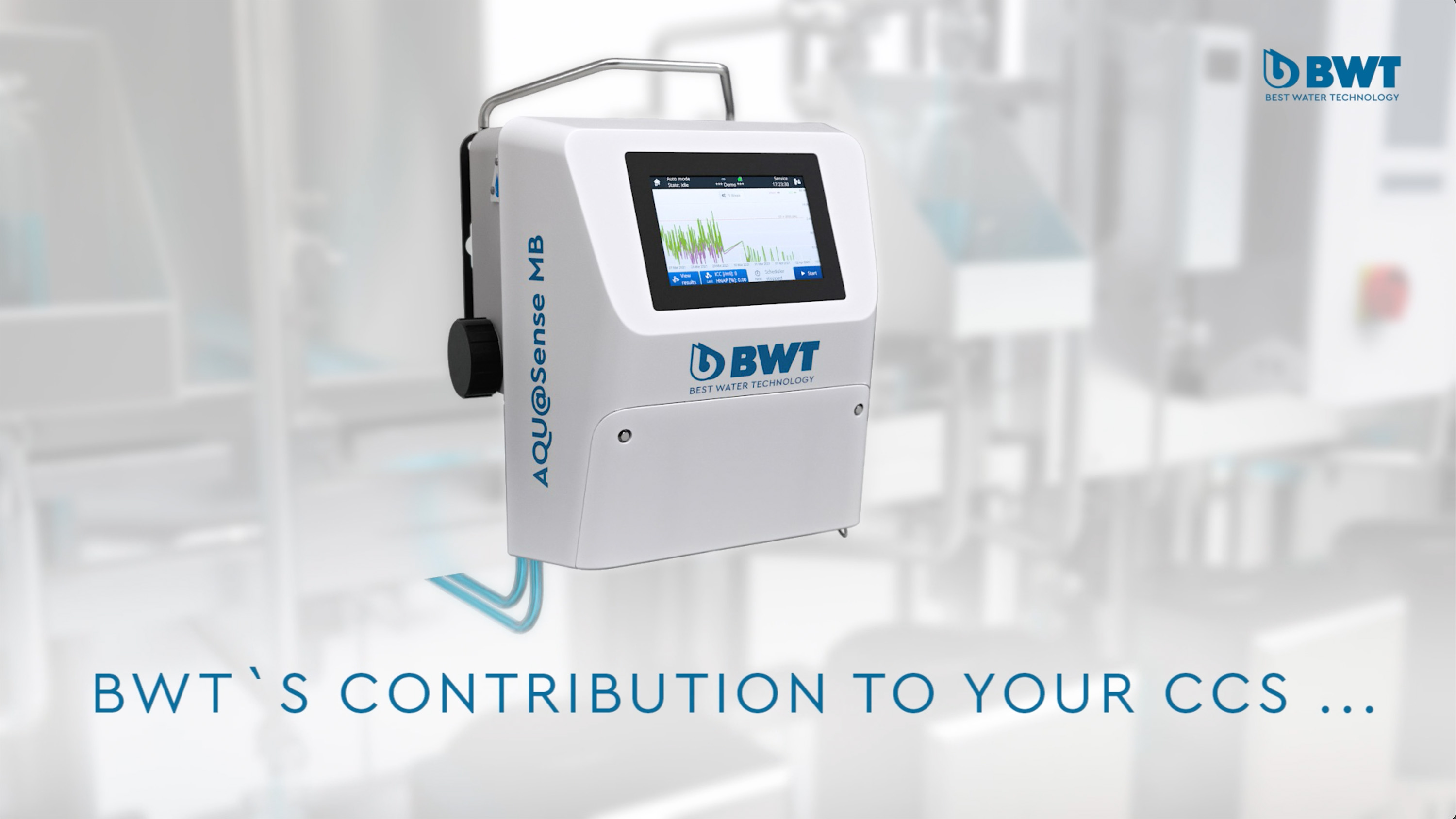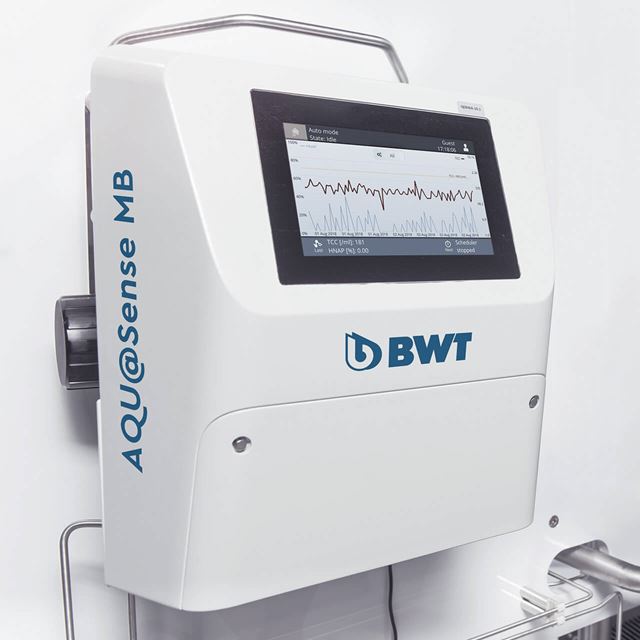control
Monitoring
Microbial contamination monitoring
Heterotrophic Plate Count (HPC) is the only compendial method for microbial contamination monitoring today. A serious concern for implementing a CCS as described in Annex I, is the fact that HPC does not detect all microorganisms in a sample and the time to the result is very long. Only colony forming units (CFU) are detected. Studies have shown that the number of CFU does not reflect the number of microorganisms in a system. To grasp the real microbial situation in a water purification system, rapid methods should be considered to gain more control.
Learn about why HPC Analysis results in a permanent underestimation of the bioburden and how you gain more control over the bioburden manifestation of your water purification system by using Rapid Microbial Methods (RMM). The EU GMP Annex 1 encourages the use of RMM as well.
Annex I mentions in Chapter 2.3 that “a Contamination Control Strategy must be implemented across the facility in order to define all Critical Control Points.” This can also be broken down to the water purification process. Manual sampling and HPC analysis intervals are defined throughout the PQ phase. Typical sampling intervals are: Daily… Weekly… Monthly. In process control is not regulated. But Annex I and other regulations...
Limitations of HPC
Why does hpc not show the real bioburden?
Because only colony forming bacteria can be detected.
The population of microorganisms in a water purification system is very versatile. Microorganisms may exist in different environments and phases of their life cycle.
The population consists of:
- Free floating individual organisms
- Organisms that are attached to particles
- Organisms that are attached to any surface (Biofilm)
- Fragments of biofilm freely floating in the water
monitoring: new methods
Due to the limitations of HPC and the increasing demands in microbial process control, different technologies for RMM (Rapid Microbiological Methods) are under investigation. Various suppliers and several pharmaceutical companies are looking for solutions to receive more information about the bioburden in pharmaceutical water. With the publication of the EU GMP Annex I, it is obvious that also regulatory authorities are interested in new methods that eliminate sampling error, improve process control and produce reliable data in shorter intervals.


Flowcytometry – the best RMM for pharmaceutical water systems


Download
| AQU@Sense MB - Instant results you can trust | PDF, 2 Mb | Downloads | |
| AQU@Sense MB - english | PDF, 14 Mb | Downloads |
Want to know more?
Learn more about Contamination Control Strategy and the 4 elements of it...
Errore inaspettato. Prova a ricaricare la pagina



